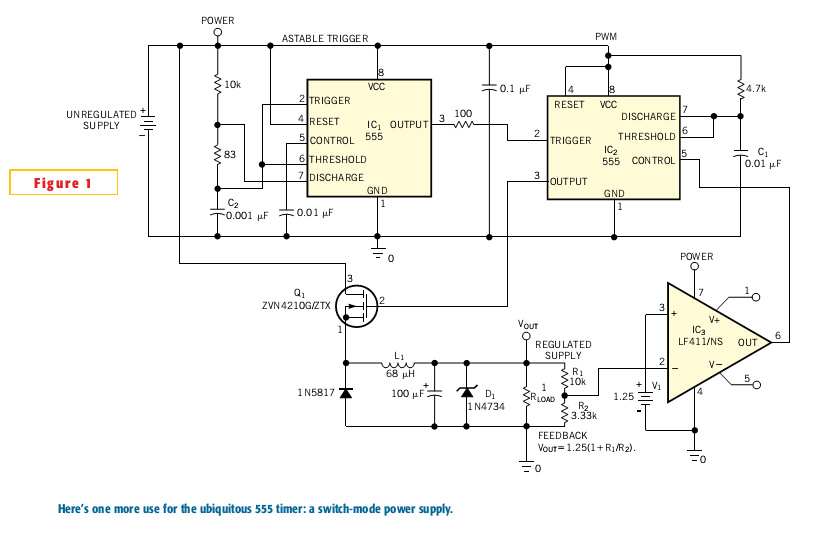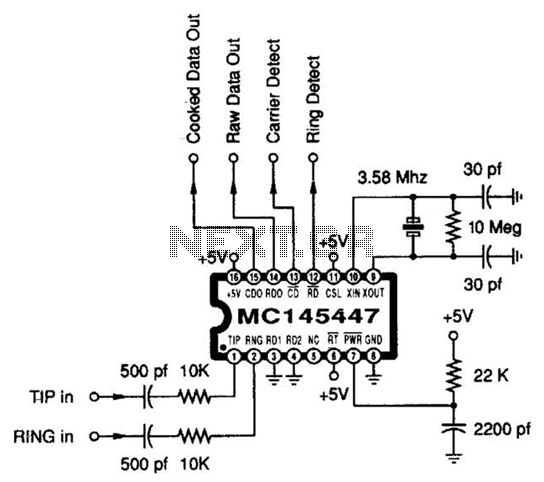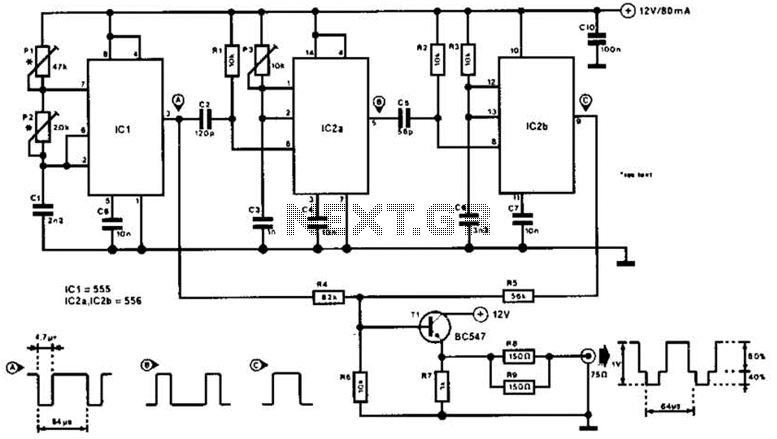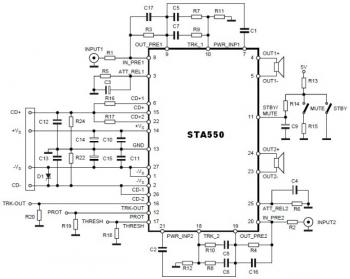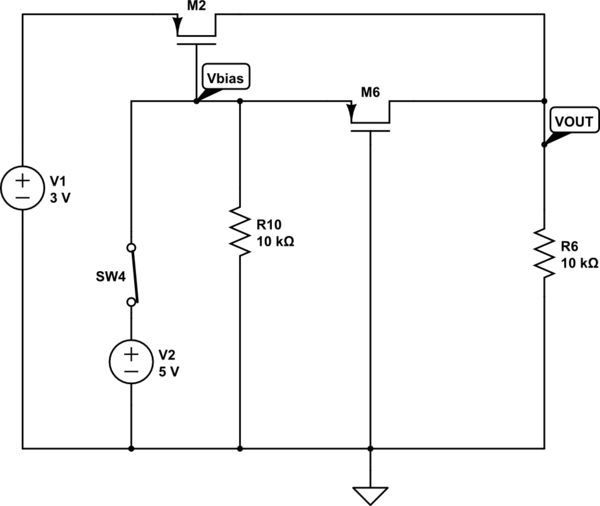
magnetic switch circuit

A magnetic switch is a circuit designed to respond to surrounding magnetic fields detected by the sensor. This series of magnetic switches employs limit switch sensors that include an additional metal plate capable of responding to a magnet. The magnetic switch circuit is constructed using an NE555 monostable multivibrator and a toggle flip-flop from the IC CD4013. The system operates on a 12V DC supply voltage and features an indicator switch that activates an LED (D1) to signal when the sensors detect magnetic fields. When the limit switches (sensors) are activated, they trigger the NE555 multivibrator, generating output pulses that serve as input signals to the toggle flip-flop controlling Relay K1, which then activates. Conversely, when the sensors respond to the magnetic field again, the multivibrator sends a toggle pulse to the flip-flop, deactivating Relay K1.
The magnetic switch circuit utilizes an NE555 monostable multivibrator configured to generate a single output pulse upon receiving a trigger signal from the limit switches. The circuit's design ensures that the output pulse duration can be adjusted by varying the resistor and capacitor values connected to the NE555, allowing for flexibility in response time.
The limit switches are positioned strategically to detect the presence of a magnetic field, typically generated by a magnet placed nearby. When a magnetic field is detected, the switch closes, sending a trigger signal to the NE555 multivibrator. The output pulse from the NE555 is then fed into the toggle flip-flop (CD4013), which changes its state based on the input pulse. This state change controls the relay (K1), allowing it to either engage or disengage a connected load depending on the presence of the magnetic field.
The relay (K1) serves as an interface to control higher power devices, enabling the magnetic switch circuit to operate various applications, such as security systems, automated doors, or industrial machinery. The LED indicator (D1) provides a visual confirmation of the circuit's status, illuminating when the magnetic field is detected and the relay is activated.
Overall, this magnetic switch circuit exemplifies a reliable and efficient method for detecting magnetic fields and controlling electronic devices in response to those fields.Magnetic switch is a circuit which can respond to magnetic fields that were around the sensor. The series of magnetic switches uses sensors in the form of limit switches that provide an additional metal plate that can respond to a magnet. Magnetic switch circuit is made with an NE555 monostable multivibrator and a flip-flop togle from IC CD4013.
The series of magnetic switches uses 12VDC supply voltage and the magnetic circuit is mounted indicator switch which serves to give a signal when the sensors respond to magnetic fields using the LED D1. Here is a complete range of magnetic switches. If the limit switches (sensors), active (connected) then it will get multivibrator NE555 triger signal and provides output pulses to be used to provide input signals to the flip-flop togle Relay K1 and active.
Then when the sensors (limit switches respond to the magnetic field again, the multivibrator will give togle pulse as input to the flip-flop relay K1 and non-active. 🔗 External reference
The magnetic switch circuit utilizes an NE555 monostable multivibrator configured to generate a single output pulse upon receiving a trigger signal from the limit switches. The circuit's design ensures that the output pulse duration can be adjusted by varying the resistor and capacitor values connected to the NE555, allowing for flexibility in response time.
The limit switches are positioned strategically to detect the presence of a magnetic field, typically generated by a magnet placed nearby. When a magnetic field is detected, the switch closes, sending a trigger signal to the NE555 multivibrator. The output pulse from the NE555 is then fed into the toggle flip-flop (CD4013), which changes its state based on the input pulse. This state change controls the relay (K1), allowing it to either engage or disengage a connected load depending on the presence of the magnetic field.
The relay (K1) serves as an interface to control higher power devices, enabling the magnetic switch circuit to operate various applications, such as security systems, automated doors, or industrial machinery. The LED indicator (D1) provides a visual confirmation of the circuit's status, illuminating when the magnetic field is detected and the relay is activated.
Overall, this magnetic switch circuit exemplifies a reliable and efficient method for detecting magnetic fields and controlling electronic devices in response to those fields.Magnetic switch is a circuit which can respond to magnetic fields that were around the sensor. The series of magnetic switches uses sensors in the form of limit switches that provide an additional metal plate that can respond to a magnet. Magnetic switch circuit is made with an NE555 monostable multivibrator and a flip-flop togle from IC CD4013.
The series of magnetic switches uses 12VDC supply voltage and the magnetic circuit is mounted indicator switch which serves to give a signal when the sensors respond to magnetic fields using the LED D1. Here is a complete range of magnetic switches. If the limit switches (sensors), active (connected) then it will get multivibrator NE555 triger signal and provides output pulses to be used to provide input signals to the flip-flop togle Relay K1 and active.
Then when the sensors (limit switches respond to the magnetic field again, the multivibrator will give togle pulse as input to the flip-flop relay K1 and non-active. 🔗 External reference
